It can be hard to find time for yourself in today’s busy world, especially if you’re on a tight budget. But it’s important for your mental, emotional, and physical health to take care of yourself. A hobby isn’t just something to do; it’s a great way to relax, get creative, and become a better person. What’s the good news? You don’t need to spend a lot of money to get these benefits. In this complete guide, we’ll talk about 10 cheap hobbies that can help you take care of yourself, feel better, and make your life better without spending a lot of money.
This article will give you helpful tips, facts, and steps you can take to make each hobby a regular part of your life. This guide has something for everyone, whether you’re a busy professional, a student on a tight budget, or just someone who wants to take care of themselves without spending a lot of money.
1. Keeping a journal to think about things carefully
Why It Works
Writing down your thoughts, feelings, and experiences has been shown to help you feel better, lower your stress, and get to know yourself better. The Journal of Experimental Psychology published a study that found that expressive writing can have big effects on your emotional and physical health over time (Pennebaker & Beall, 1986).
To Begin
- You will need a pen and a simple notebook, which you can get for as little as $1 to $5.
- Try to do it at the same time every day for 5 to 10 minutes to build consistency.
- You could start by making lists of things you’re thankful for (“Today, I’m thankful for…”), writing without any rules (“Right now, I feel…”), or checking in on your feelings (“Right now, I feel…”).
How to Do Well
- Put a timer on so you don’t try to be perfect.
- If you want people to be honest, don’t let them see your journal.
- Once a month, look back at your old entries to see how far you’ve come.
2. Meditating with the help of free apps
Why It Works
Meditation can lower cortisol levels and make gray matter in areas of the brain that are important for learning and memory (Holzel et al., 2011). There are a lot of free apps and videos on the internet that are easy to find.
Starting
- Use free YouTube channels like “The Honest Guys” or apps like Insight Timer or Smiling Mind.
- Duration: Start with sessions that last 5 minutes and work your way up to 15–20 minutes.
- Put on headphones, go to a quiet place, and set a soft alarm.
How to Do Well
- Try out different styles, such as loving-kindness and being aware.
- Make playlists with themes, like ones to help you relax or sleep.
- Combine with gentle stretching to relax even more.
3. Nature walks and other outdoor activities
Why it works
Being outside in green spaces lowers blood pressure, makes you feel less anxious, and makes you feel better (Twohig-Bennett & Jones, 2018). The best part is that it doesn’t cost anything!
How to Get Started
- Get set: Dress for the weather, wear comfortable shoes, and bring a full water bottle.
- Routes: Look at the parks, trails, or even the streets in your area in a new way.
How to Do Well
- “Forest bathing” is when you pay attention to sounds, sights, and smells.
- Take pictures of plants or animals that are interesting to get people to look at them.
- Ask a friend to help you stay on track and connect with others.
4. Making things yourself with old materials
How It Works
Making things as a way to express yourself lowers stress and makes you feel like you’ve done something good. Upcycling also teaches you to be resourceful and care about the environment.
Getting Started
- Magazines, cardboard, fabric scraps, and old jars are all things you need.
- Project ideas:
- Mason jars can be used to make candle holders.
- Handmade greeting cards
- Art that uses pieces of magazines
Tips for success
- You can find free project tutorials on Pinterest and YouTube.
- Keep things you can use again in a “stash box.”
- Give your friends or family the things you’ve made. It’s nice and helpful.
5. Reading—Library and E-Book Resources
How It Works
Reading fiction or nonfiction can help you forget about your problems, learn new things, and even improve your brain function and empathy (Mar, 2011).
How to Get Started
- Access: You can get a free library card at your local library.
- You can borrow e-books and audiobooks for free with apps like Libby or Hoopla.
Tips for success
- You can join a free book club in person or online.
- Make a plan for how many pages you want to read each day, like ten.
- Keep a reading journal where you write down your thoughts and quotes.
6. Why yoga and bodyweight exercises at home work
Moving around a lot raises endorphins, makes you more flexible, and strengthens your muscles. All of these things are good for your body (Ross & Thomas, 2010).
How to Get Started
- Yoga with Adriene and HASfit are two free YouTube channels that are good places to start.
- You will need a towel or a cheap yoga mat and clothes that are easy to move in.
Tips for Success
- Set aside time for workouts just like you would for meetings.
- Mix yoga, Pilates, and basic calisthenics to keep things interesting.
- Write down how long and hard it was to keep track of your progress.
7. Cooking Healthy, Simple Meals
How It Works
Cooking at home can help you save money, have more control over what goes into your food, and be creative. Cooking healthy meals is good for your body and mind.
Beginning
- Essentials: Basic pantry items like rice, beans, frozen vegetables, and eggs.
- For recipes, look at free recipe apps or budget-friendly blogs like Budget Bytes.
How to Do Well
- Make meals in big batches on the weekends so you can have easy dinners during the week.
- Use different spices to keep things interesting.
- To make cooking a social activity, get your family or roommates to help.
8. Using Your Phone to Take Pictures
How It Works
Taking pictures makes people more aware of their surroundings and more creative. Smartphones these days have powerful cameras built in at no extra cost.
How to Start
- Editing apps: Use free ones like Snapseed or VSCO.
- To get better, try daily photo prompts like “shadows,” “textures,” and “reflections.”
How to Succeed
- Put pictures on free sites like Instagram or your own blog to get comments from other people.
- Do small things, like taking black-and-white photos of a week or writing about the street art in your area.
- To celebrate your achievements, print out some of your favorite things and hang them up in your room.
9. Learning a new language on free websites
Why It Works
Learning a new language makes you more adaptable, aids memory retention, and fosters appreciation for diverse cultures (Bak et al., 2014).
Starting Off
- All three apps, Duolingo, Memrise, and Clozemaster, have free versions.
- Community: You can join language exchange groups on Tandem or HelloTalk.
Tips for Success
- Practice for 10 to 15 minutes every day; short, regular sessions are better than long ones.
- Label things in your target language around the house.
- Watch kids’ shows or listen to music in the new language.
10. Why drawing and doodling works
You can relax and focus by doing visual art because it gets the creative parts of your brain working without having to be perfect.
First
- You only need a basic sketchbook and pencil set, which usually costs less than $10.
- Do this:
- Every day, you have to doodle for five minutes.
- Make copies of things that are easy to find around the house.
Tips for success
- Try free online prompts or social media challenges like #Inktober.
- Don’t worry about doing everything perfectly; instead, think about the process.
- Show off your best sketches to show how much you’ve improved.
Most Frequently Asked Questions (FAQs)
How much time should I spend on a new hobby?
Ten to fifteen minutes a day is a good place to start. Consistency is more important than length.
What if I run out of gas?
Try doing different things, like joining online groups to keep you on track, or combining the hobby with something you like, like cooking while listening to music.
Can these activities replace therapy?
Hobbies can help, but they can’t replace professional mental health care. If you’re in a lot of pain, please see a therapist who is licensed.
How can I keep track of how far I’ve come without feeling bad?
Don’t just look at numbers; pay attention to things like mood changes and stress levels as well. Take time to celebrate small wins along the way.
Can you deduct the costs of your hobbies from your taxes?
You can’t usually deduct your personal hobbies from your taxes. If you make money from a hobby, you should talk to a tax expert.
In the end
You don’t have to spend a lot of time or money on taking care of yourself. Adding hobbies that don’t cost much, like journaling, meditating, upcycling crafts, and taking pictures with your smartphone, can help you stay healthy mentally, emotionally, and physically without spending a lot of money. Remember the E-E-A-T framework: keep track of what you’ve done, use trustworthy sources, show that you know what you’re talking about, and be honest about your work. Over time, these simple, inexpensive activities can turn into meaningful rituals that improve your life, lower your stress, and help you grow as a person.
References
- Pennebaker, J. W., & Beall, S. K. (1986). Confronting a Traumatic Event: Toward an Understanding of Inhibition and Disease. Journal of Experimental Psychology: General. Retrieved from https://www.apa.org/pubs/journals/exp
- Holzel, B. K., et al. (2011). Mindfulness practice leads to increases in regional brain gray matter density. Psychiatry Research: Neuroimaging. Retrieved from https://www.ncbi.nlm.nih.gov/pmc/articles/PMC3004979/
- Twohig-Bennett, C., & Jones, A. (2018). The health benefits of the great outdoors: A systematic review and meta-analysis of greenspace exposure and health outcomes. Environmental Research. Retrieved from https://www.ncbi.nlm.nih.gov/pmc/articles/PMC6313441/
- Ross, A., & Thomas, S. (2010). The health benefits of yoga and exercise: A review of comparison studies. Journal of Alternative and Complementary Medicine. Retrieved from https://www.ncbi.nlm.nih.gov/pmc/articles/PMC3090218/
- Mar, R. A. (2011). The neural bases of social cognition and story comprehension. Annual Review of Psychology. Retrieved from https://www.sciencedirect.com/science/article/pii/S0749596X11000422
- Bak, T. H., et al. (2014). Does bilingualism influence cognitive aging? Annals of Neurology. Retrieved from https://www.frontiersin.org/articles/10.3389/fpsyg.2014.01238/full




























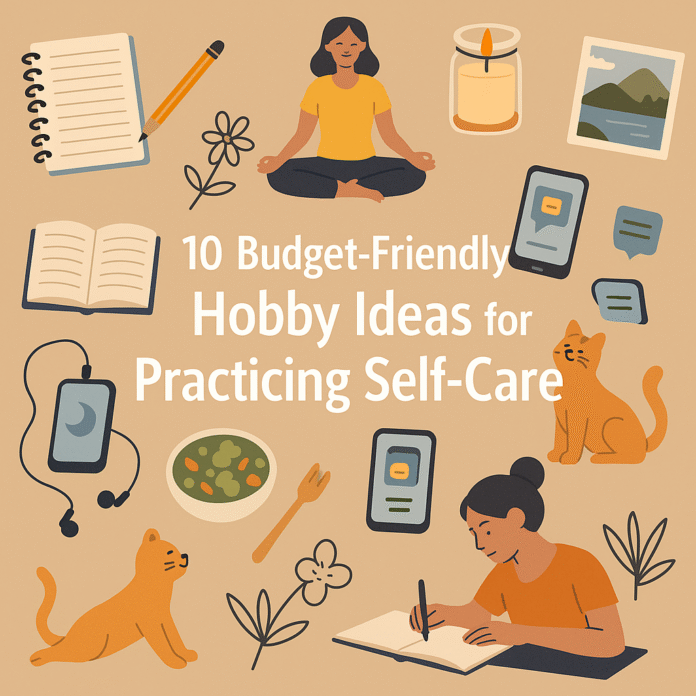
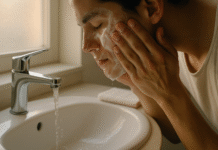

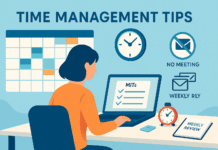
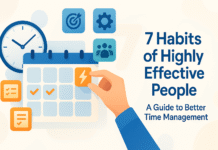

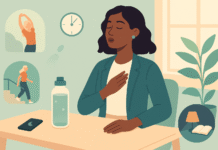
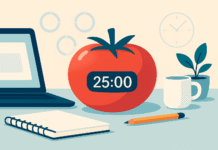

No matter if some one searches for his vital thing,
so he/she desires to be available that in detail, thus that thing
is maintained over here.
Hello there, just became alert to your blog through Google, and found that it is truly informative.
I am going to watch out for brussels. I will apprreciate
if you continue this in future. A lot of people wil be benefited from
your writing.Cheers!